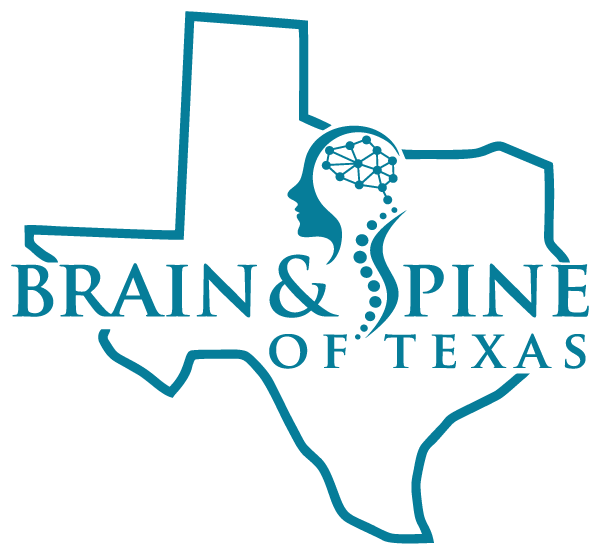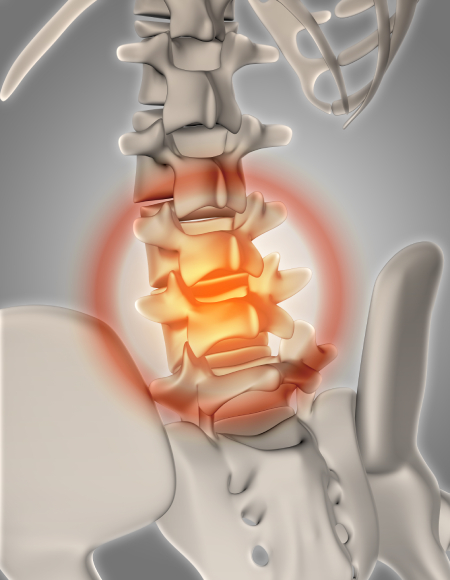Hardware Removal/Revision
Restoring Comfort and Function After Spinal Surgery
Hardware removal and revision surgery is often performed when the hardware (such as screws, rods, plates, or cages) used in a previous spinal surgery causes discomfort, pain, or other complications. Over time, spinal implants may become loose, fail, or irritate surrounding tissues, leading to discomfort or restricted movement. In some cases, hardware removal may also be necessary due to infection, hardware malfunction, or the need for an additional spinal procedure. At the Brain and Spine Center of Texas, our experienced team provides hardware removal and revision surgeries designed to restore comfort, correct any complications, and ensure long-term spinal health.
Our surgeons are experts in minimally invasive techniques for hardware removal and revision. We prioritize patient safety, recovery, and the restoration of function to help our patients get back to their daily lives with improved comfort and mobility.
When is Hardware Removal or Revision Needed?
There are several reasons why a patient may need hardware removal or revision surgery:
- Discomfort or Pain – Over time, the hardware used to stabilize the spine after surgery can cause discomfort or irritation, especially if the body has healed enough that the hardware is no longer necessary.
- Infection – In rare cases, spinal hardware can become infected, requiring removal to prevent further complications.
- Malfunction or Failure – If the hardware becomes loose, broken, or damaged, revision surgery may be necessary to replace or adjust the implant.
- Spinal Changes – As the spine continues to heal or change, the original hardware may no longer be suitable. In such cases, a revision surgery may be performed to update or replace the existing hardware to better accommodate the spine’s needs.
- Further Surgical Procedures – If a patient requires additional spinal surgeries or interventions, the existing hardware may need to be removed or replaced as part of the procedure.
In some cases, hardware removal is performed alone, while other times, hardware revision involves both removing the old hardware and replacing it with new implants to improve spinal alignment or stability.
The Hardware Removal/Revision Procedure: What to Expect
Hardware removal/revision is typically performed under general anesthesia, and the procedure may last 1 to 3 hours, depending on the complexity of the surgery. The process generally involves the following:
- Pre-Surgical Evaluation – Imaging studies, such as X-rays, CT scans, or MRIs, will be conducted to assess the location of the hardware and determine if it is causing problems.
- Incision and Exposure – Depending on the location of the hardware, a small incision is made over the spine, either through the original surgical site or a different approach.
- Removal or Adjustment of Hardware – The surgeon carefully removes or revises the existing hardware, paying close attention to the surrounding tissues to minimize disruption.
- Spinal Stabilization (If Necessary) – If the hardware was removed to replace or update it, new implants or reinforcements may be added to stabilize the spine.
- Closing the Incision – After the hardware removal/revision is completed, the incision is closed with sutures, and the patient is moved to recovery.
In certain cases, minimally invasive techniques may be used to reduce muscle and tissue disruption and promote faster recovery.
Recovery & Post-Surgical Care
After hardware removal/revision, recovery will depend on the complexity of the surgery and the patient’s overall health. Generally, patients can expect:
- Hospital Stay – The majority of patients will spend 1 to 2 days in the hospital after surgery for monitoring and pain management.
- Pain Management – Most patients experience some discomfort after the procedure, but pain is typically well-managed with medications.
- Rehabilitation – Physical therapy may be recommended to help strengthen the spine and improve mobility, especially if the revision surgery involved adding new hardware.
- Activity Restrictions – Patients are advised to avoid heavy lifting or strenuous activities for several weeks to allow the spine to heal properly.
- Follow-Up Appointments – Regular follow-up visits will be scheduled to monitor the healing process and to ensure that the hardware has been correctly removed or revised.
The recovery time can vary, but full recovery typically takes several weeks to months, depending on the type of surgery performed and the patient’s healing process.
Why Choose the Brain and Spine Center of Texas?
- Expert Spine Surgeons – Our team of experienced spine surgeons specializes in hardware removal and revision surgeries and utilizes the latest techniques to ensure the best possible outcome.
- Minimally Invasive Options – We offer minimally invasive surgical options when appropriate, reducing recovery time and enhancing post-surgical comfort.
- Customized Care Plans – Each patient’s condition is unique, and we tailor our treatment plans to address individual needs, focusing on both short-term relief and long-term spinal health.
- Comprehensive Support – From pre-surgical consultations to post-operative care and rehabilitation, we are with you every step of the way to ensure your recovery is smooth and successful.
Schedule a consultation
If you’re experiencing pain or complications from spinal hardware, hardware removal and revision surgery may be the solution. Contact the Brain and Spine Center of Texas today to schedule a consultation and find out how we can help restore comfort and improve your spinal health.

